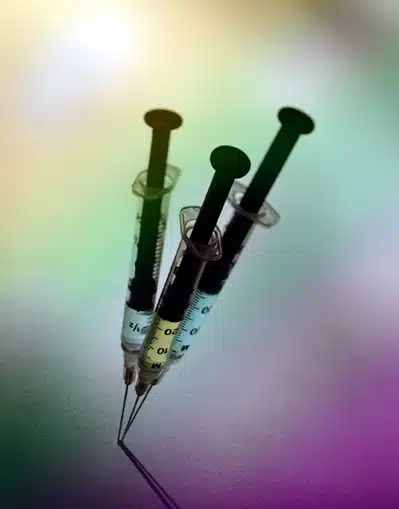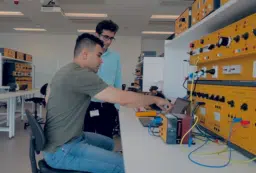Australian researchers have developed an epidural simulator that may stop anaesthetists having to relate complex medical procedures to a bowl of fruit.
“Women in labour don’t realise that the anaesthetist about to give them an epidural probably originally practiced on an orange,” says Flinders University biomedical engineer, Ms Olivia Pallotta.
“Our simulator, which looks and feels human on the outside but contains clever electronics on the inside, has been designed to mimic and replicate the anatomy of the human back with great accuracy,” she says.
Ms Pallotta says the new simulator provides the resistance on the needle that an anaesthetist expects to feel when administering an epidural, in an environment that is utterly realistic, with no risk at all to an actual patient.
Ms Olivia Pallotta will describe her research at a ScienceNOW! media conference at the Melbourne Museum today (August 21)
“The new electronic simulator can be programmed to simulate a wide variety of people with different anatomies, allowing anaesthetists to practice on more than one body type,” Ms Pallotta says.
“An anaesthetist has no visual clues to show when the needle has reached the epidural space. Lots of experience and the different feel on the needle as it is pushed through various tissues towards the spine are the only ways of estimating the needle is in the right place,” she says.
Ms Pallotta says the epidural space, located close to the spine, is only one millimetre thick. Pushing the needle in too far can leave a new mother with intense headaches or, at worst, sever the spinal cord.
She is one of sixteen young scientists presenting their discoveries to the media, public and students for the first time, at Fresh Science.





 Fresh Science is on hold for 2022. We will be back in 2023.
Fresh Science is on hold for 2022. We will be back in 2023.